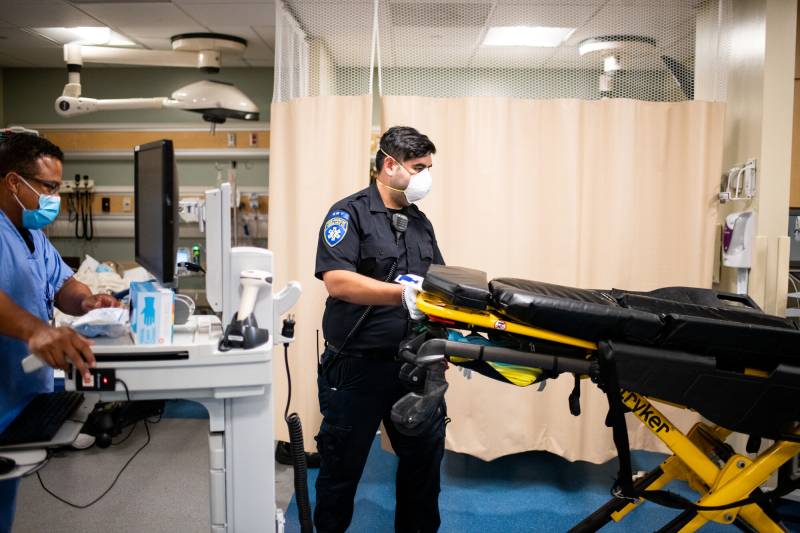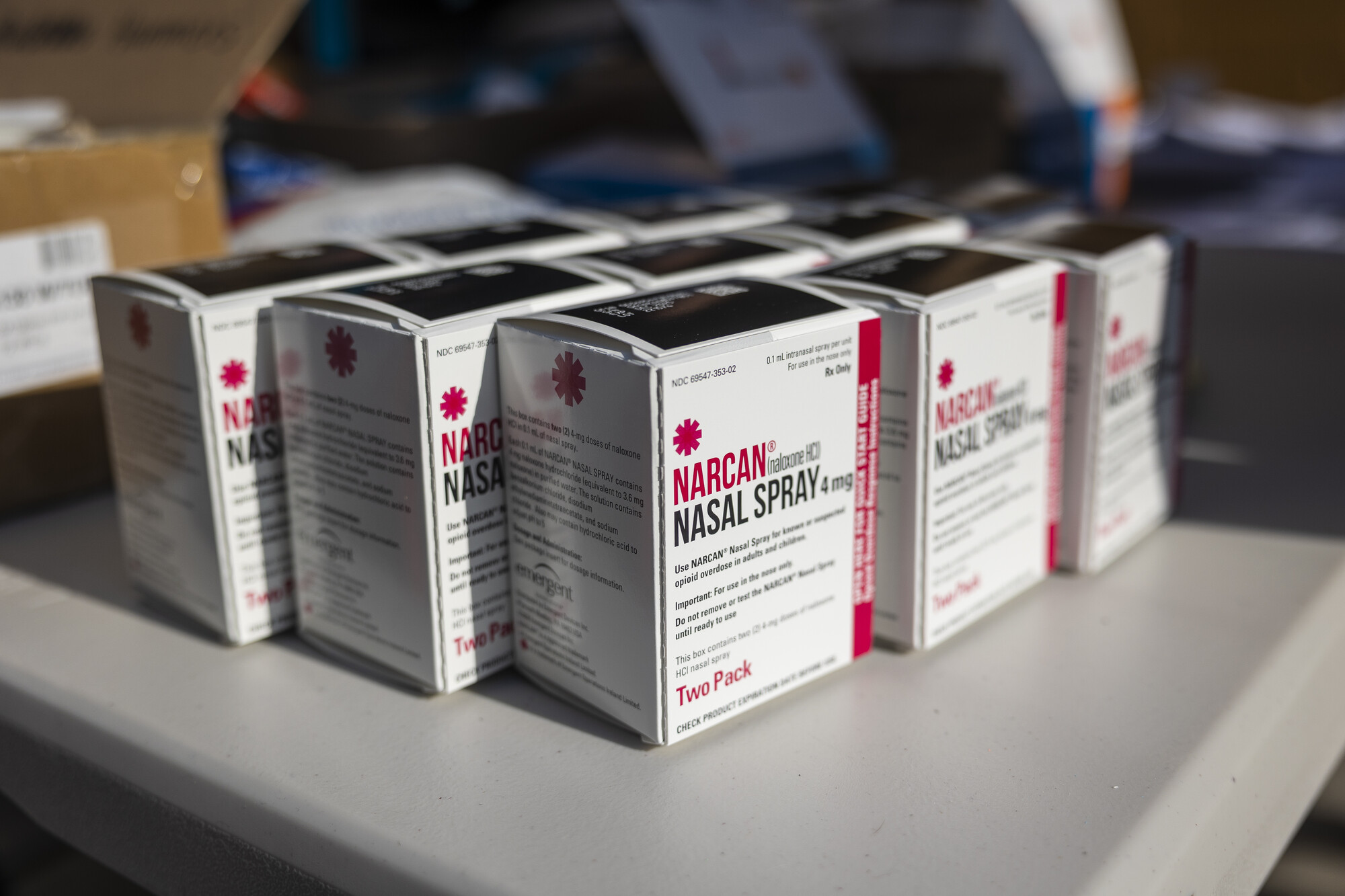San Francisco’s overdose deaths last month reached a four-year low, falling to a level not seen since before the COVID-19 pandemic, according to preliminary data released Wednesday by the medical examiner’s office.
The city reported 39 deaths from accidental overdose in July, the first time the figure has dipped below 40 since January 2020. That represents a 50% year-over-year reduction from last July, when 79 overdoses were reported.
The decline continues a trend seen in the first half of the year, offering some hope after 2023 marked the deadliest year on record for overdoses in San Francisco, with 810. Through June, the city was still on track to get close to last year’s total, but after July, the annual figure is on pace to be 706 — lower than in 2023 and 2020, the year with the second-highest total.
July was the fourth consecutive month with a year-over-year decline in overdose deaths after June’s total marked the lowest monthly figure since 2022.


